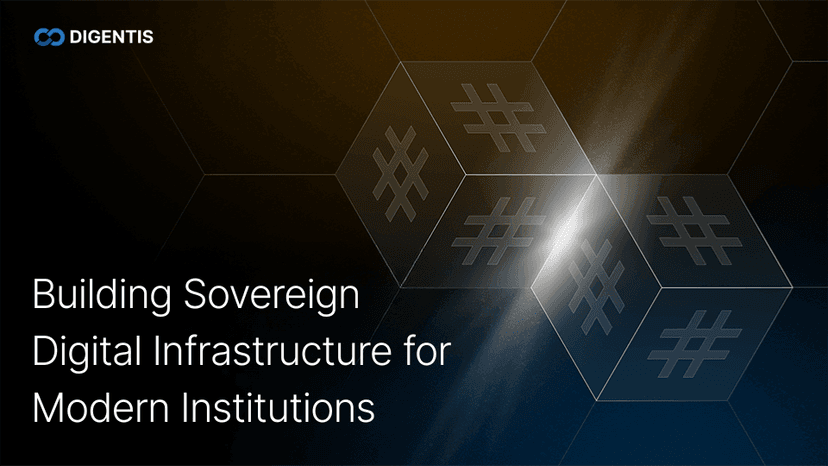
The Future of Institutional Technology: Transparency and Strategic Impact
Public institutions are under increasing pressure to perform, to adapt, and above all, to regain the trust of the citizens they serve through transparent and strategic technology implementation.

Public institutions are under increasing pressure to perform, to adapt, and above all, to regain the trust of the citizens they serve. Digital tools have long been viewed as enablers of efficiency, but in the years ahead, their deeper value will come from something more fundamental: the ability to make institutions visible, accountable, and aligned with their missions.
At Digentis, we believe the next generation of institutional technology will be shaped not only by what it can do, but by what it can show. Transparency is no longer an afterthought, it is a design principle. It must be embedded in how systems are built, accessed, governed, and evaluated.
Too often, digital transformation has meant deploying new platforms without rethinking how they contribute to strategic outcomes. Many public systems remain closed, fragmented, or so opaque that decision-makers themselves cannot see what's working and what's not. The result is a growing gap between digital potential and institutional legitimacy.
We work with institutions to close that gap. Our approach starts by understanding the core missions and governance frameworks of the organization. From there, we design digital systems that reinforce clarity: dashboards that reveal real-time data on operations or budgets; governance tools that trace the origin and impact of decisions; systems that generate public-facing summaries of institutional performance without requiring additional overhead or manual reporting.
But transparency is more than visibility, it is a pathway to strategic impact. When institutions can see their data clearly, they can identify what drives results and what creates friction. When stakeholders have access to reliable information, they can engage more constructively with institutional priorities. When systems are designed for transparency from the outset, they become tools not just for administration, but for learning and adaptation.
This requires a different approach to technology procurement and deployment. Instead of black-box systems that promise efficiency but deliver opacity, we build open, modular platforms that institutions can understand, control, and extend. Instead of one-size-fits-all solutions, we create tools that are aligned with specific legal, operational, and strategic frameworks.
The future of institutional technology is not about automation, it is about amplification. The goal is not to replace human judgment but to give decision-makers better information, clearer options, and more direct feedback on the impact of their choices. In an era where public trust is earned through demonstrated competence and accountability, transparency becomes the foundation for both legitimacy and performance.
Ready to build transparent, accountable systems?
Let's discuss how technology can enhance your institution's transparency and effectiveness.
Get in touch